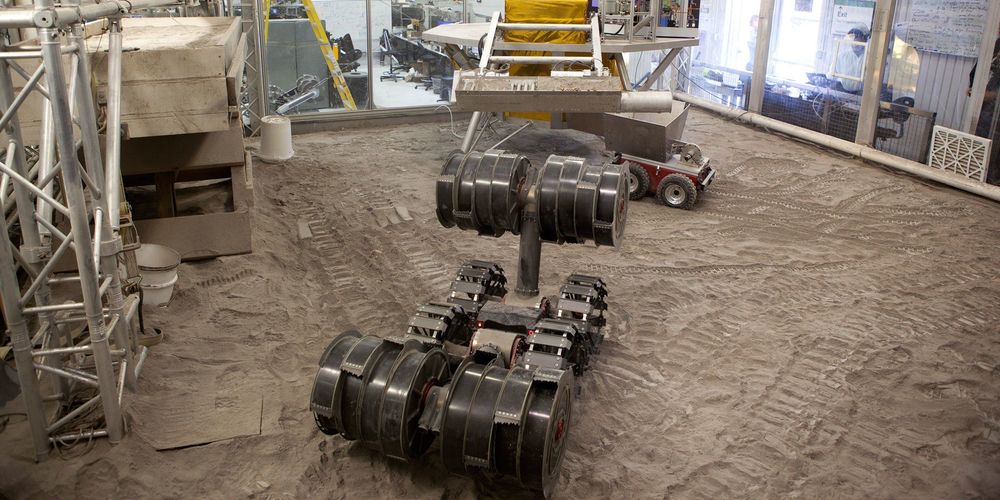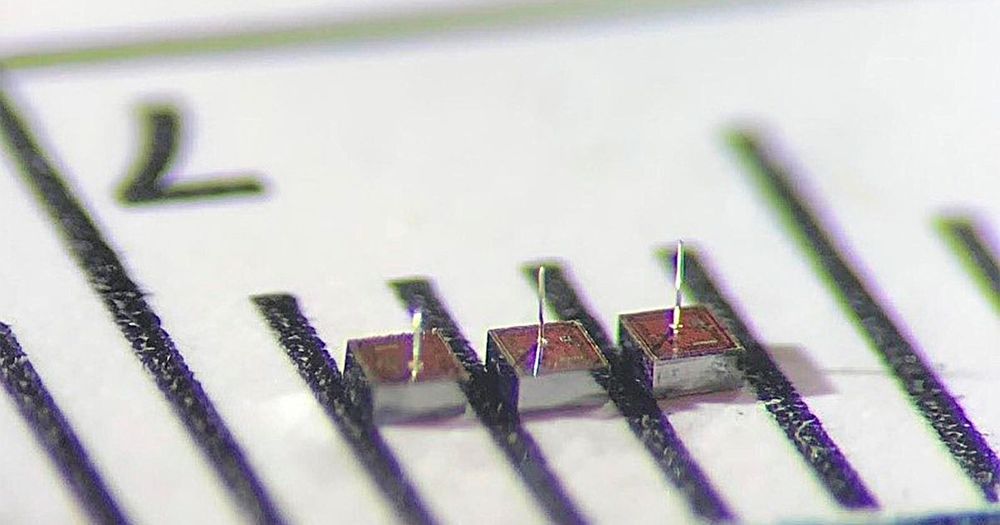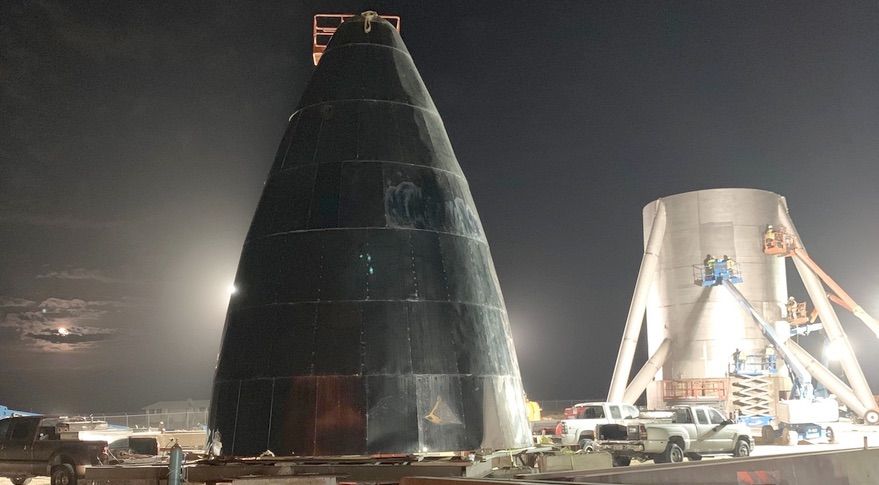May 20, 2019
Achieving Bezos’ bold vision of space settlement requires bold policy direction
Posted by Klaus Baldauf in categories: economics, habitats, policy, space
Those who watched the full 51-minute version of Jeff Bezos’ May 9 Blue Moon announcement were treated to a tutorial on the work of Dr. Gerard K. O’Neill. In the 1970s Dr. O’Neill popularized the idea of space colonies that rotate in orbit allowing tens of thousands of inhabitants to live comfortable lives in Earth-like habitats. Bezos even commissioned updated renderings to excite the audience’s imagination.
Bezos articulated, as he has on many occasions that human civilization should and must expand out into the space to live and work in permanent space settlements. Doing so will allow the best planet in the Solar System, the Earth, to become a protected treasure in the vast harshness of space.
He understands that by creating the infrastructure to accelerate economic development in space his vision of space settlement will more rapidly come to fruition. But Bezos is sober about his space colony ambitions. He calls it a multigenerational endeavor. And so it may be.
Continue reading “Achieving Bezos’ bold vision of space settlement requires bold policy direction” »

















